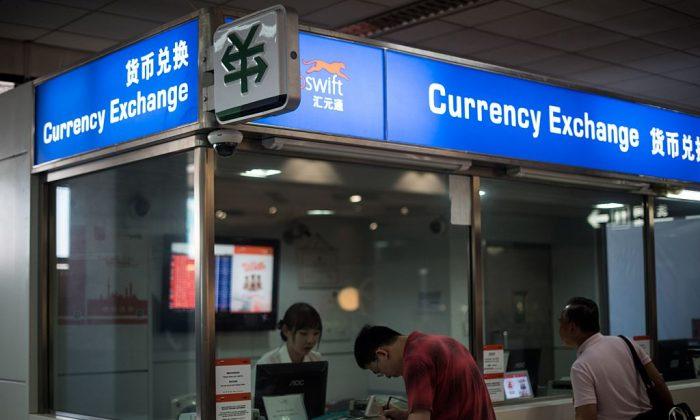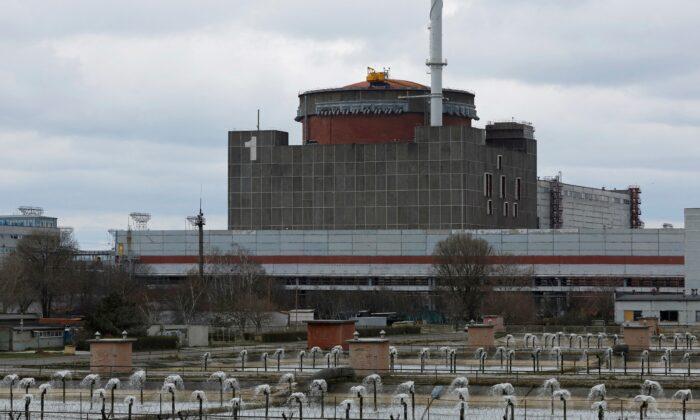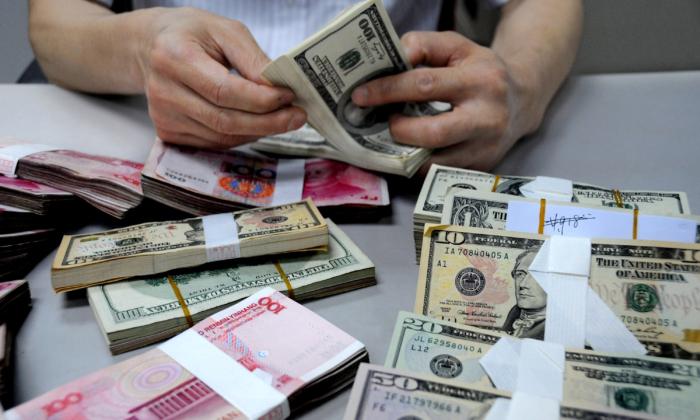Despite the Chinese Communist Party’s (CCP) recent introduction of a three-child policy to counter the country’s aging population, most families are unlikely to have two children, let alone a third child, due to the high costs of raising a child in China.
The CCP’s Health Commission stated on May 31 that “after it introduced the two-child policy, a large portion of families still decided not to give birth despite wanting another baby.”
The commission, citing a survey, suggests that the top three reasons were “heavy financial burden,” “unattended child” (meaning parents are unable to spend the time to take care of young children), and “difficulty balancing family and work.” Among them, “heavy financial burden” was the primary reason, for 75.1 percent of the families. More than half of families surveyed were also concerned about having an “unattended child.”
On June 22, the mother of a 12-year-old in Hangzhou, Zhejiang Province, released a summary of her expenses in a social media post.
According to her summary, the child’s education expenses to date totaled nearly 490,000 yuan (about $76,000) and babysitting expenses since birth added up to 440,000 yuan (about $68,000), for a total of 930,000 yuan ($144,000).
For example, education expenses for the first, third, and sixth grades of elementary school were 59,800 yuan (about $9,200), 80,400 yuan ($12,500), and 116,900 yuan ($18,000), respectively.
The average annual increase was 10,300 yuan (about $1,600) in the first two years and 12,200 yuan (about $1,900) in the next three years.
Dividing the total expense by 12 years, the average annual expenditure would be 77,500 yuan (about $12,000), which exceeds the city’s 2020 average personal disposable income (PDI) of 68,666 yuan ($10,700).
In 2020, Hangzhou’s urban PDI was the fourth highest after Beijing, Shanghai, and Suzhou, while China’s overall PDI was 32,189 yuan ($5,000).
The mother’s expenditure is typical of those of China’s middle class. Considering factors such as income gaps between urban and rural, rich and poor, even fewer people can afford to raise more than one child.
“The cost of education is the highest of all expenditures,” according to “China’s 2020 Fertility Report” published by the Evergrande Research Institute.
The report compared the impacts on fertility choices of education costs, time and energy spent, housing prices, medical costs, and retirement savings.
According to the report, in 2020, education was 32.44 percent of total expenditure, showing a rising trend. The yearly average child expenditure was around 44,000 yuan (about $6,800) in China’s first-tier cities, 36,000 yuan ($5,600) in second-tier cities, and 29,000 yuan ($4,500) in third-tier cities.
The report stated, “When reviewing their yearly financial data, these parents lamented that the difference of a baby could take you from middle class to bankruptcy.”





